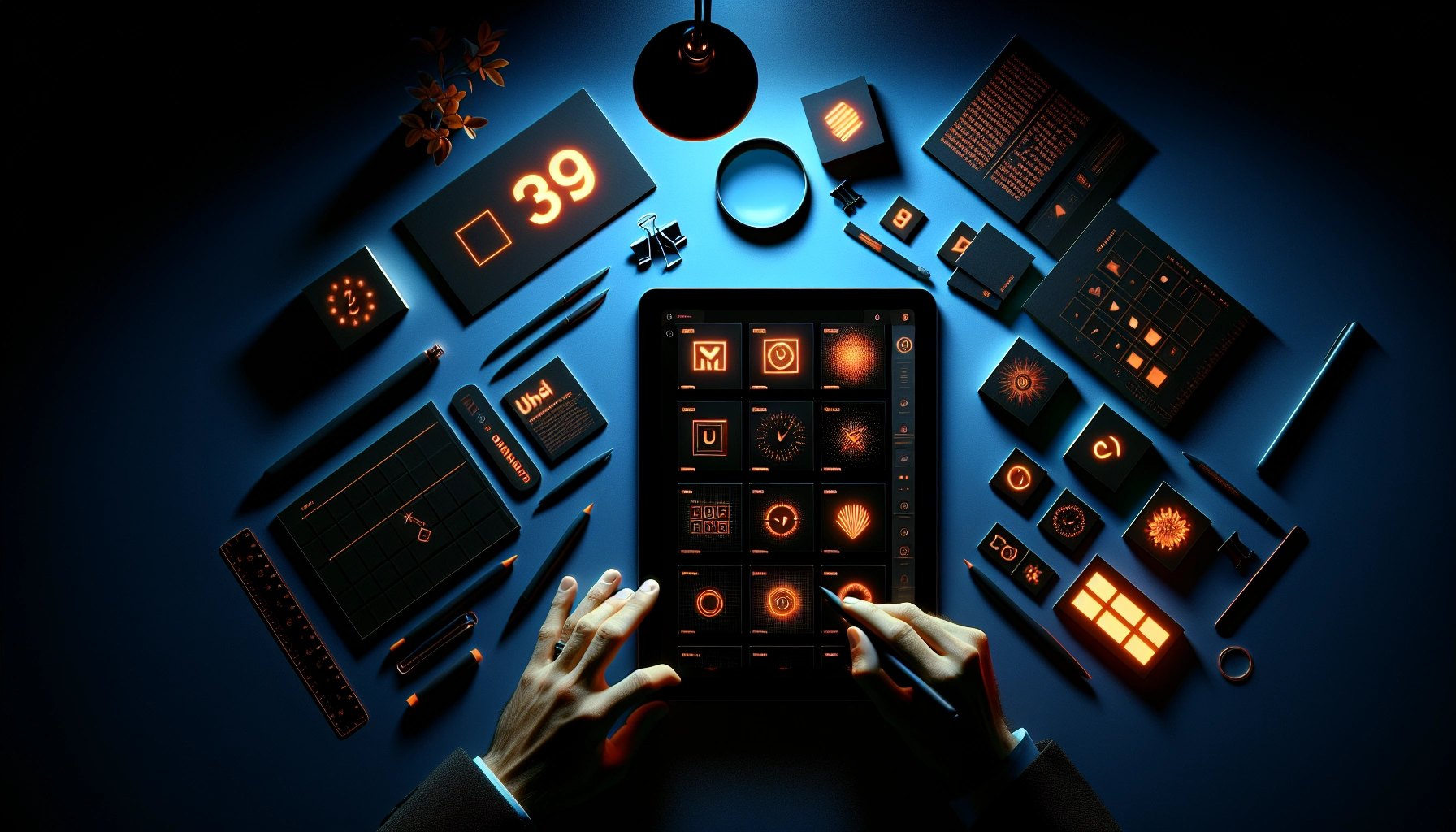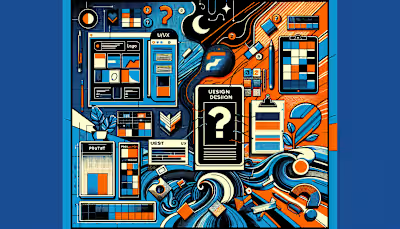Portfolio Sites: How to Scout for Your Next Graphic Designer

Portfolio Sites: How to Scout for Your Next Graphic Designer
Table of Contents
5 Steps to Scout a Graphic Designer
Step 1: Identify Your Design Goals
Step 2: Research Multiple Portfolio Platforms
Step 3: Look at Style Variety
Step 4: Verify Reliability and Reviews
Step 5: Test Collaboration on a Small Task
Bonus Step: Discuss Communication Preferences
Top Platforms for Graphic Design Portfolios
Site 1: Contra
Site 2: Behance
Site 3: Dribbble
Site 4: Dedicated Personal Websites
Pitfalls That Undermine the Hiring Process
Mistake 1: Hasty Decisions Based on Price Alone
Mistake 2: Overlooking Communication Style
Why Collaboration Matters
Tip 1: Share Comprehensive Briefs
Tip 2: Review Progress Often
FAQs about Scouting a Graphic Designer
How do I set a fair project budget?
Is it a good idea to ask for free samples?
Can I hire a beginner to save money?
Wrap-Up
Portfolio Sites: How to Scout for Your Next Graphic Designer
Table of Contents
5 Steps to Scout a Graphic Designer
Step 1: Identify Your Design Goals
“Asking for ‘a designer’ without defining the job is like ordering ‘food’ without saying if you want sushi or soup.”
Step 2: Research Multiple Portfolio Platforms
Step 3: Look at Style Variety
Step 4: Verify Reliability and Reviews
Step 5: Test Collaboration on a Small Task
“A polished portfolio doesn’t show you how a designer reacts when you ask for revisions at 10 PM on a Friday (not that you should).”
Bonus Step: Discuss Communication Preferences
Top Platforms for Graphic Design Portfolios
Site 1: Contra
“If a designer’s Contra profile looks sparse, they’re either new—or busy with too much client work to update it.”
Site 2: Behance
Site 3: Dribbble
Site 4: Dedicated Personal Websites
Pitfalls That Undermine the Hiring Process
Mistake 1: Hasty Decisions Based on Price Alone
“The logo was cheap. The rebrand two months later wasn’t.”
Mistake 2: Overlooking Communication Style
“It’s not always the design that breaks down the project—it’s the emails.”
Why Collaboration Matters
Tip 1: Share Comprehensive Briefs
“A designer guessing your brand tone is like a chef guessing what you’re allergic to.”
Tip 2: Review Progress Often
“The more feedback you give early, the fewer ‘surprises’ you get late 🎯”
FAQs about Scouting a Graphic Designer
How do I set a fair project budget?
“If the price feels too low to be real, it probably doesn’t include revisions, file rights, or communication time.”
Is it a good idea to ask for free samples?
“Free test = unpaid project. Paid test = mutual respect.” 💡
Can I hire a beginner to save money?
“Beginner doesn’t mean bad. But beginner + unclear expectations = slow project.”
Wrap-Up
“A clean portfolio doesn’t tell you how clean the file layers are.”
Posted Apr 14, 2025
Portfolio sites help you scout for your next graphic designer by comparing style, reliability, and collaboration. Learn what to look for in top portfolios.









